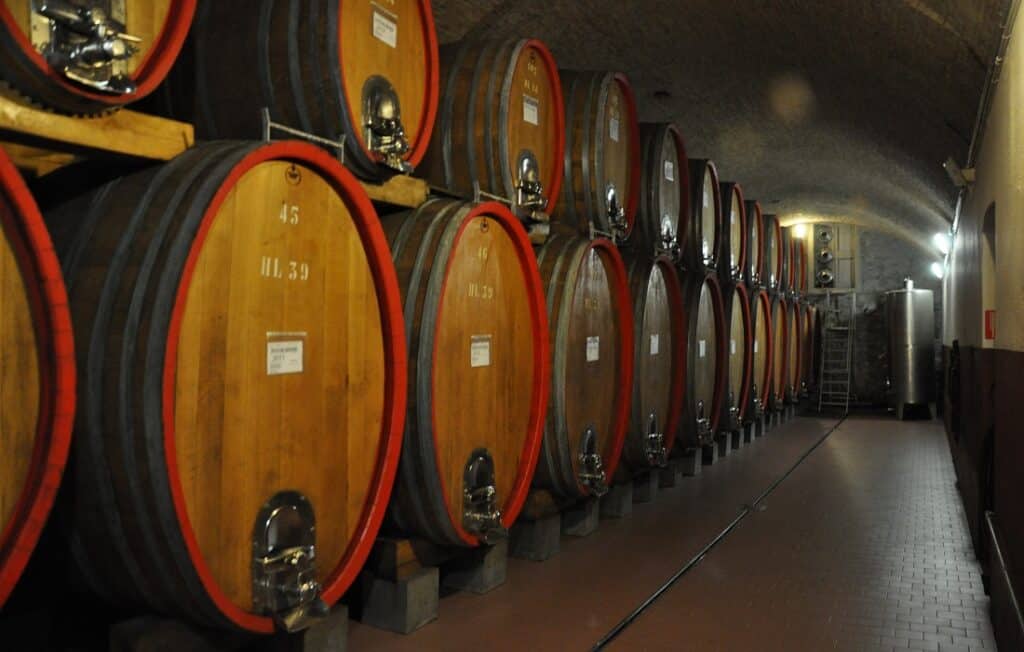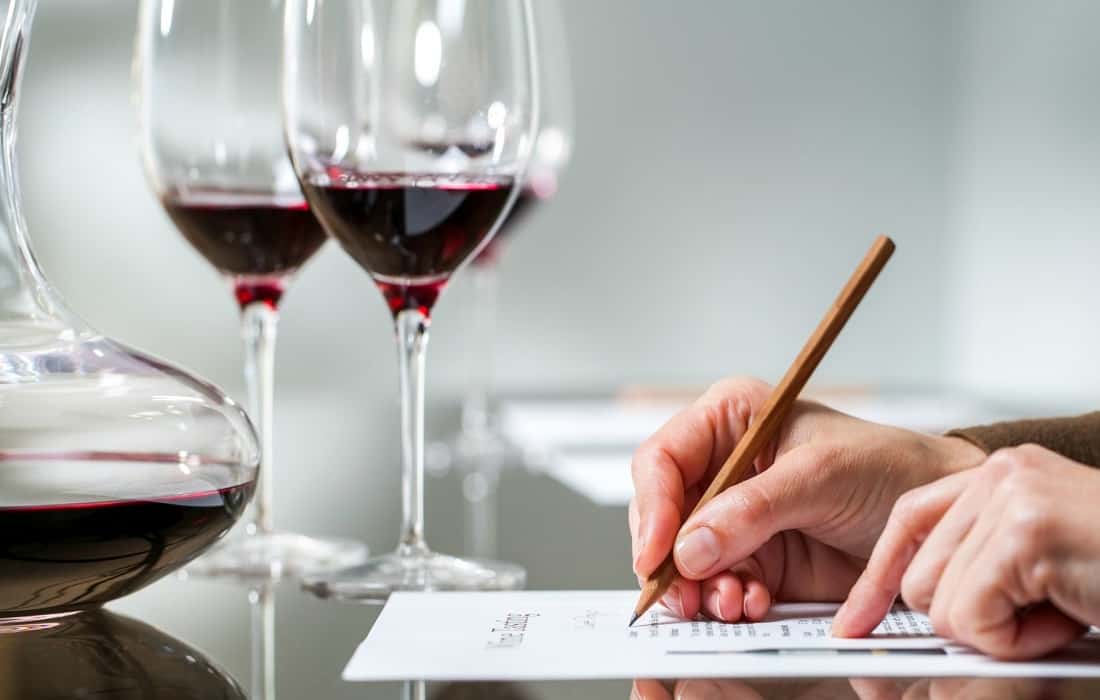BY SEAN BOELMAN
During the COVID-19 pandemic, several people turned to homebrewing and home distilling Red Wine as a hobby to pass the time. As a result, many have found a passion for the process of making and distilling Red Wine.
Those looking to take their home brewing setup to the next level may be interested in learning how to distill wine to make delicious homemade brandy.
Marlo Richardson, a serial entrepreneur and founder of Braymar Wines and Top Drawer Distillery, says that distilling wine can be a wonderful hobby for beverage enthusiasts to pick up, or it can be a unique career path. The process of distilling Red Wine can be challenging and takes time to learn and perfect.
However, it can be an excellent way for aspiring home distillers to get their foot in the door before working their way up to the more complex spirits and pre-made cocktails produced by Top Drawer Distillery. Here, Richardson offers her advice to those looking to experiment with distilling wine at home.
How does distilling Red Wine work?
To distill wine, you begin by taking a still — usually, a copper alembic pot, due to copper’s extraordinary heat conductivity — and placing it in a water bath. Then, the still is filled about three-quarters of the way full, taking care not to overfill it so that the still does not bubble over once heated.
After that, the still is connected to the condenser using a copper tube. The condenser should then be filled with water and a container placed under the spout of the condenser to collect the distillation as it drips out. As the containers fill, you will change them out to collect more of the distillation.
The first 50 milliliters of the distillation must be discarded because they are undrinkable, and contain high levels of acetone and wood alcohol. Once you sniff the distillation and begin to smell the fruits and herbs that were used in the wine, that is the high-quality, potable brandy that you are hoping to collect.
After the liquid begins to lose its color, the distillation process has been completed, and it is time to clean up the still.
What is the best wine to distill?
You can distill any wine with a taste you aren’t particularly fond of. Distilling red wine is essentially removing the ethanol to create a spirit. A good glass of wine should — and does — speak for itself.
Some may think they need to use high-quality wine in order to produce a high-quality spirit, but that is simply not the case. Find a wine with the same flavors and undertones you are looking for in your spirit, and it will make for a delicious end product.
What can distilled wine be used to produce?
Distilling Red Wine can be used to produce higher-proof spirits such as ports, brandy, cognac, and grappa. However, there are certain conditions in which the beverage must be distilled for it to bear the title of cognac or grappa, including the region in which it must be produced.
What temperature should you distill wine at?
The best temperature to distill wine at is around 172ºF (78ºC). This is the temperature that is hot enough to boil the alcohol in the wine, but not so much to boil the water it contains.
An easy way to determine the temperature of the still is to determine the drip speed. Increasing the heat causes the drip speed to increase, and the faster the drip, the less alcohol it contains. Therefore, it is essential not to get the still too hot, or else risk the end product not tasting right.
How long does it take to distill wine?
The length of time it takes to distill wine into brandy varies based on the size of the batch. For larger batches, you could find yourself having to repeat the distillation process with more wine over the course of a few days.
What is the most common mistake wine distillers can make?
The most common mistake that distillers can make is a lack of consistency. With home distilling Red Wine , it can be difficult to achieve this consistency because you aren’t a professional and are bound to make mistakes.
However, if you ever want to take your distillery to the next level, you must get the process down to an exact science. If you sell your spirits commercially, a “bad batch” could mean a customer lost. As your skill as a distiller grows, make sure that you emphasize consistency in your practices.
Can you distill wine at home?
Stills come in a variety of sizes, including smaller 1-liter and 2-liter options that amateur distillers can use at home. However, for beginners hoping to try Distilling Red Wine before they make a significant purchase, a copper tea kettle can be used as a still and a dutch oven as the water bath. This setup will allow you to get some basic experience with the process.

What is the greatest challenge of owning your own distillery?
Purchasing equipment can get pricey, and represents one of the biggest and earliest obstacles a distiller must overcome to own their own distillery.
For home distillers, copper still can cost as little as a few hundred dollars for a good one that will yield high-quality results. Although, once you start Distilling Red Wine on an industrial level, the equipment you will need to purchase ranges into thousands of dollars.
What advice would you give someone entering the wine distillery business?
The most important thing for someone who wants to enter the wine distillery business is to start with a good business plan and a budget. There are so many directions that the Distilling Red Wine business can take you, so you must begin with a vision of where you want to go and focus entirely on getting there.
You can learn techniques and skills along the way, but without goals and a good plan to achieve them, you can’t get on the right track.


